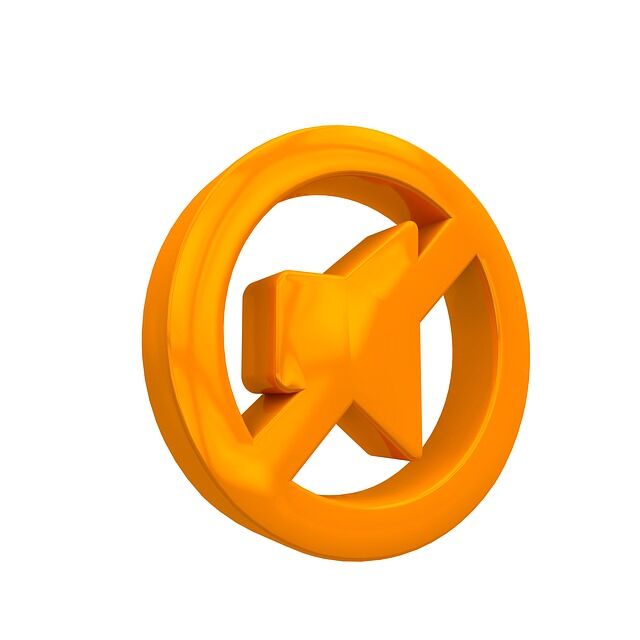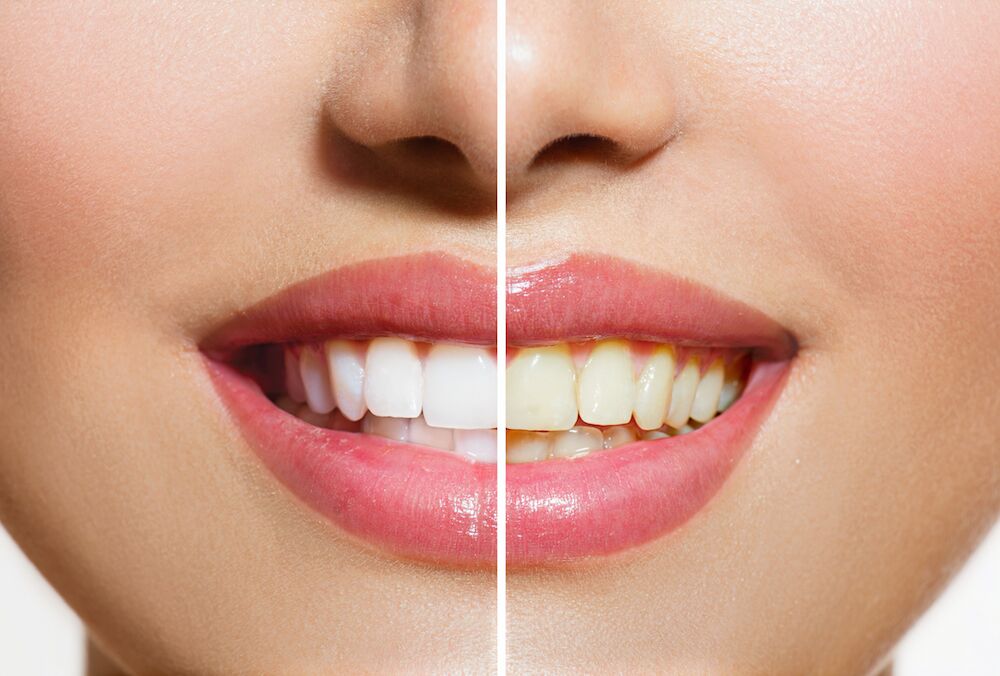Discomfort and pain in your jaw, clicking while you talk or chew, and swelling on the sides of your face can be caused by Temporomandibular Joint Disorder (TMD). TMD can make talking and eating both painful and uncomfortable. Our team understands how TMD can make your day a challenge. We’ve compiled a list of helpful tips for managing TMD discomfort, but also encourage you to schedule a visit to see us for a full evaluation.
Finding Relief at Home
If your jaw is swollen, try applying a cold compress to your face. We recommend holding the compress in place for about 10 minutes. If you are able, try a few gentle jaw stretches. After the cold compress, apply warm, moist heat to the same area. You can keep this warm compress in place for an additional 5 to 10 minutes.
If your discomfort is particularly noticeable, try over-the-counter pain relievers such as nonsteroidal anti-inflammatory drugs (NSAIDs) or ibuprofen. If you find yourself taking pain relieving medications daily, please contact us immediately.
The “Don’ts” of TMD
Applying excess pressure to your jaw can make your TMD discomfort worse. Don’t use your hand as a rest for your chin, as doing so increases the amount of pressure and strain placed on your jaw. If you talk on the phone frequently, avoid holding the phone on your shoulder while bending your neck to keep it in place.
Clenching your jaw and keeping your teeth tightly closed can also lead to a build-up of pressure in the jaw. During the day, try to keep your teeth from touching. By create a little space between your teeth, you will be relieving pressure from your jaw.
Contact Us
Our team is here to help you. Schedule a consultation with our dentist to learn more about the solutions available for people just like you dealing with TMD discomfort. We will provide a thorough examination to determine the best course of treatment for your TMD.
Relief may be closer than you think. Contact our dental team to learn more today.
Four Lakes Dental
Phone: (847) 231-2537
Url: http://4lakesdental.com/
859 E Belvidere Rd. Grayslake, IL 60030










